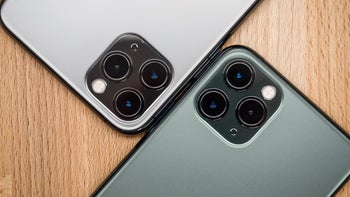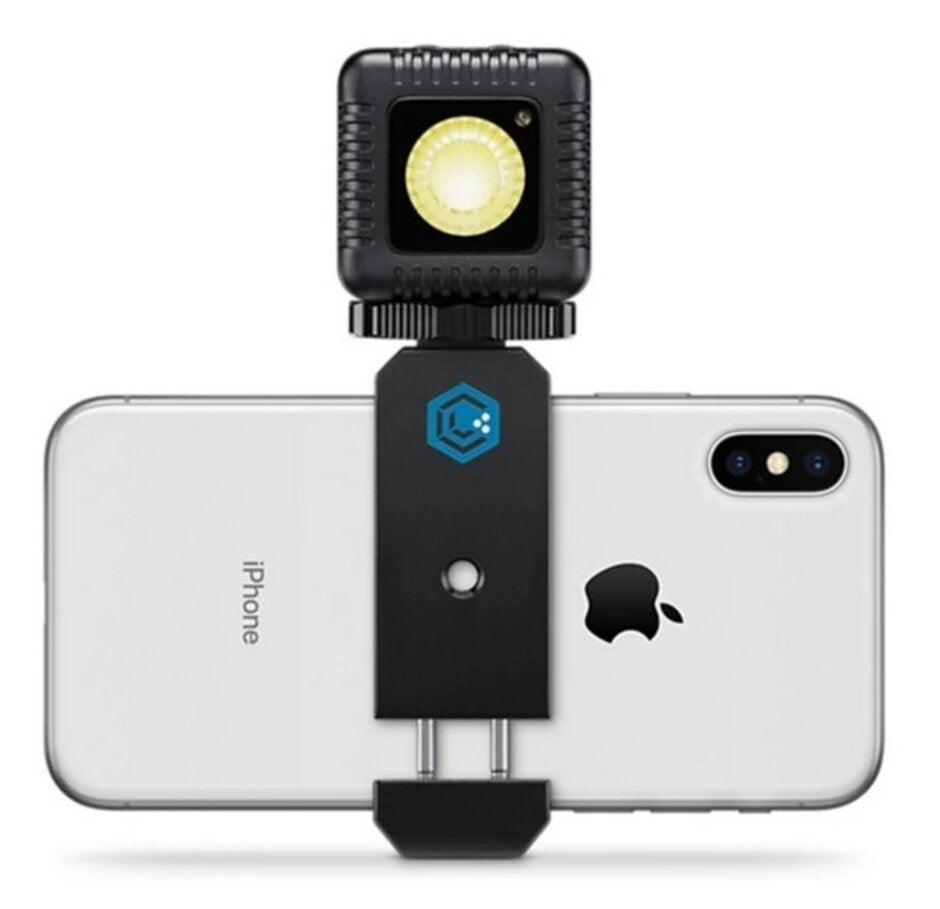Apple to support third-party camera accessories for the iPhone through its MFi program

Third-party strobe and flash accessories that connect to an iPhone's Lightning port are coming according to 9to5Mac. Sources say that Apple has discussed new specs with manufacturers that are part of the Made-for-iPhone (MFi) licensing program. The new specs could lead to the production of lighting accessories that could be included as part of a battery case that connects to the Lightning port. This would allow these accessories to be powered by the case's internal battery.
While there currently are strobe accessories for the iPhone, such as the LumeCube, these connect to the handset via a Bluetooth connection and use the accessory maker's app to sync with the phone's shutter button. The new strobes support is available as a developer preview via Apple’s MFi program for accessory makers; it covers only the 2019 iPhone models (iPhone 11, iPhone 11 Pro, and iPhone 11 Pro Max). It is possible that with the new specs, MFi supported lighting accessories will be able to work with the iPhone's default shutter button and third-party camera apps.

The LumeCube accessory connects to an iPhone via Bluetooth
Apple has opened up its camera app this year, allowing the iPhone 11 and iPhone 11 Pro smart battery cases to launch the Camera app automatically when the camera button on the case is pressed. With the Camera app open, tapping on the button snaps a photo while a long press on the button records a QuickTake video. The feature, added this year to the iPhone, allows users to take a video while still in photo mode by long-pressing on the shutter.
Apple took iPhone photography to another level this year
Opening up the Camera app to these third-party MFi licensees is another step taken by Apple as it continues to be among the leaders in smartphone photography. This year, Apple added a Night Mode allowing viewable pictures to be snapped without a flash in dark or low-light situations. It also affixed an ultra-wide camera to the 2019 models and created Deep Fusion. This uses the AI capabilities of the A13 Bionic chipset to go through nine different exposures of a photo pixel-by-pixel to create the sharpest image with the least amount of noise. There is no question that Apple took photography on the iPhone to another level this year trying to catch up with Google when it comes to computational photography.
Next year, we can expect Apple to add a Time of Flight (ToF) sensor to the 2020 iPhones. This sensor measures the time it takes for infrared light to bounce off of a subject and return to the phone. With this data, more precise depth information can be measured which can improve augmented reality features and deliver a more natural-looking bokeh blur on portraits. ToF can also create secure 3D maps that could be employed for a rear-facing version of Face ID.
As for the MFi licensing program, you might be surprised to learn that it predates the introduction of the iPhone by two years. That's because it was originally introduced at Macworld on January 11, 2005, as a licensing program for accessories "Made for iPod." In exchange for a 10% cut of the action, licensees could adorn their product boxes with a special logo. The accessories used the earphone jack (if you don't know what that is, Google it) and the dock connectors. With the release of the iPhone in June 2007, the licensing program including accessories also designed for the iPhone. In 2010, iPad accessories were added as well.
Third-party manufacturers who are licensed to participate in the MFi program are briefed by Apple about specs that are important for them to know about. This is how the aforementioned sources learned about the new specs for strobes and other lighting accessories to be synced via the Lightning port on the new iPhones.










Things that are NOT allowed: